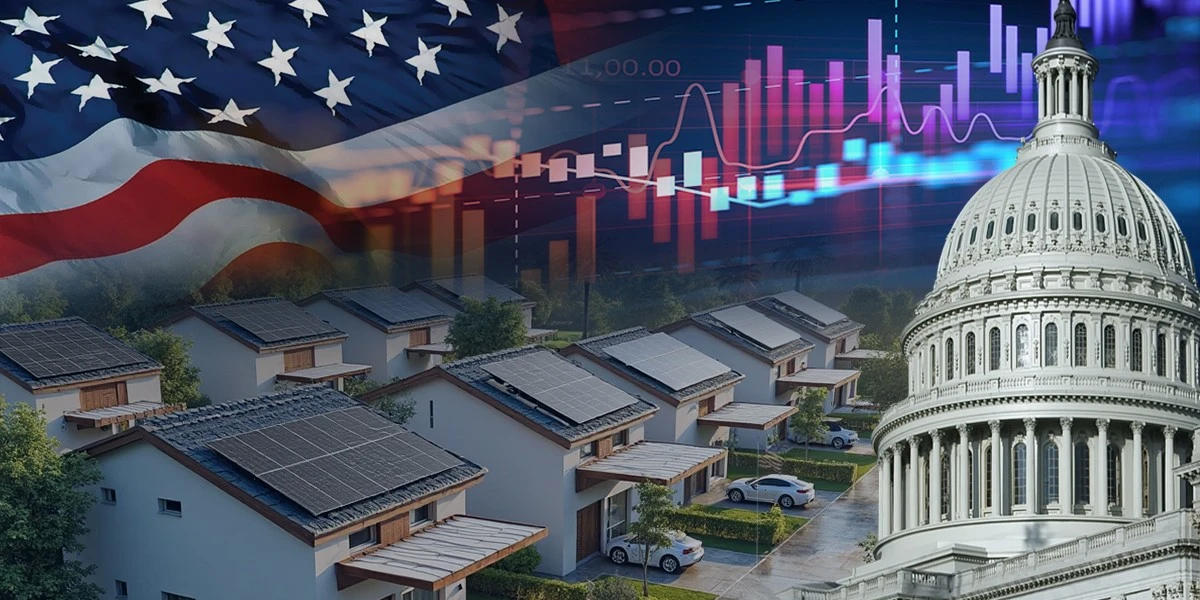
How will this law impact residential solar installation after 2025?
Solar will become less affordable for middle-class homeowners without the federal solar tax credit. According to a new Lawrence Berkeley National Laboratory study, solar benefits are not just for high-class homeowners. 44% of families that installed solar in 2023 made less than $100,000 a year, with the majority (30.5%) earning between $50,000 and $100,000. The deadline will impact working families who depend on the tax credit to help them afford solar, as electricity costs are still rising.
As power consumption rises and utility rates rise, Congress is removing the main tool that helps families minimize their reliance on the grid by reducing the residential solar tax credit. After new solar tariffs, this bill may postpone big investments in infrastructure upgrades, as rooftop solar is the best grid stabilization solution. Without distributed solar generation, the grid will become more vulnerable to load-shedding requests, brownouts, and rolling blackouts. Furthermore, as utilities compete to produce more capacity, the average family may expect an increase in electricity bills of about $143 annually.
How will this Big Beautiful Bill impact the solar industry?
As per the Solar Energy Industries Association, the expiration of the tax credit will result in the loss of 62,000 American jobs by the end of this year and nearly 200,000 next year. This is because residential solar industry supports over 100,000. Also, a massive number of solar installers work for small local businesses across the country. The unpredictability of these tax credits, along with high tariffs and loan rates, has already led to industry bankruptcies and layoffs. Recently, famous solar financing companies declared bankruptcy, including Sunnova Energy and Mosaic.
The Future of Residential Solar After the Federal Tax Credit Ends
The 30% federal solar tax credit is the pivot for U.S. residential solar. While solar remains an economically viable option due to escalating utility prices and weak grid infrastructure, homeowners will experience higher upfront costs and longer payback times, up to 15–20 years without the credit. As the December 31, 2025, cutoff approaches, demand will rise, causing postponed installation timelines. Although state and local incentives may still offer some help, the phase-out suggests a shift from federal subsidies, forcing homeowners to act quickly before this most significant financial benefit is gone forever.
If you are also planning to switch to solar, don’t wait any longer. Contact a local solar installer like Solar SME for the best solar solutions for you. You can get a FREE Quote for estimating your solar savings with our smart solar calculator.
News Source: EnergySage
